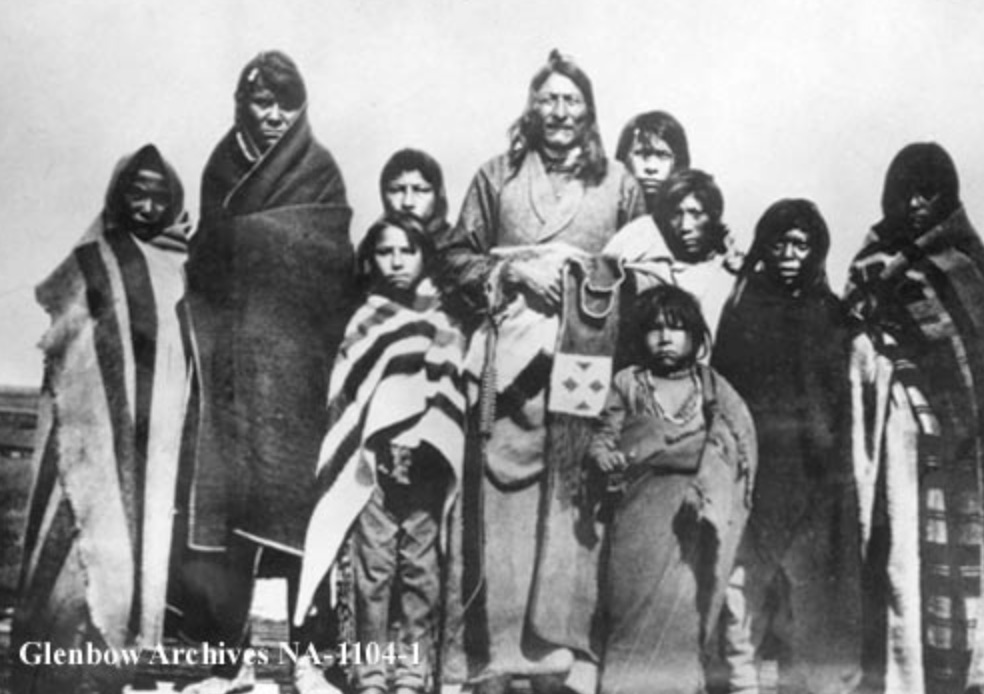COVID-19’s arrival in Alberta caught many residents by surprise.
For provincial health-care officials, it wasn’t totally unexpected.
“There have been multiple examples of pandemics … when you look back, they [happen] every 10 to 40 years,” said Dr. Mark Joffe, Professor of Medicine, Division of Infectious Diseases at the University of Alberta.
“It’s always a surprise when it happens, but it’s predictable that it’s going to happen. The real question is: how much effort and money and time and energy should be spent planning and preparing?” said Dr. Joffe, who is also involved with the province’s COVID team with Alberta Health Services.
Learning from others
According to Joffe, North America had an advantage since health professionals could collaborate with medical officials overseas to learn from the highly contagious cases that had already occurred. This “head start” helped Alberta health-care officials set up and manage a local coronavirus plan.
“Overall, I think we’ve done a good job in controlling the spread and minimizing the impact,” said Dr. Joffe. He credited Alberta’s success to the province’s Chief Medical Officer of Health, Dr. Deena Hinshaw, the COVID team, health-care professionals, and the public’s willingness to listen and follow the guidance provided to keep Alberta’s cases in check.
“Provincially, we really responded very well in that we had the right structure of health care in Alberta to allow us to respond … We’re much more organized now than we were even during the 2009 H1N1 pandemic,” he said.
The response hasn’t been without its challenges, however.
“That will definitely be a lesson to come out of this: What will we do differently in continuing care in the future?” – Dr. Mark Joffe
Alberta recorded its first coronavirus case in late February, and since then long-term care residents and outbreaks at meat processing facilities in High River and Brooks have made up the bulk of Alberta’s cases.
Dr. Joffe acknowledges that certain workplaces, such as continuing care or long-term care facilities will require a new approach moving forward.
“That will definitely be a lesson to come out of this: what will we do differently in continuing care in the future?,” Joffe adds.
Historical records hold clues
Suzanna Wagner, a Masters history student who has studied the Spanish flu, said past epidemics are likely being scrutinized by today’s health-care officials to draw comparisons with COVID-19.
“Archives have been declared an essential service in this pandemic, so that’s kind of interesting,” she said, noting that, while the physical offices are closed, information can still be requested.
Just as the past can unearth opportunities to learn how to better deal with the present, new ideas and innovations are often born out of crises.
Intensive care developed
The concept of personalized nursing became the norm for critically ill poliomyelitis patients who relied on the iron lung (a mechanical respirator in which patients’ bodies were mostly enclosed) to breathe. Alberta saw the largest outbreak of polio in 1953, said Dr. Joffe.
“[Patients] were looked after by volunteer doctors and nurses… there was around the clock care … that led to the creation of the intensive care [unit].”
Tracking tuberculosis
Contact tracing is another tool borrowed from days gone by.
Dr. Anne Fanning, a tuberculosis (TB) expert who was the Director of Tuberculosis Services for Alberta from 1987 to 1995, and who spent time working with the World Health Organization in Geneva, remembers tracking community cases when someone was infected with TB.
TB primarily affects people’s lungs, but can also cause problems with the kidneys, spine, or brain.
“I have been involved in contact follow up [for] cases that involved the entire communities of 1,000 people, because you’re hunting for every single case,” she said. “It’s what they’re talking about today with COVID [and why] we need more testing, because we have to know where every case is in order to find every contact and prevent disease.”
“I have been involved in contact follow-up of cases that involved the entire communities of 1,000 people because you’re hunting for every single case.” – Dr. Anne Fanning
Although TB testing was once common in Grades One and Six, tests are no longer performed in schools today,
“It’s so rare in Alberta,” she added, noting TB is still regarded as the most common cause of death worldwide from a single pathogen.
During her tenure as TB director, the retired physician and educator saw three or four Alberta outbreaks involving 30 to 40 people, with the majority occurring in rural and remote Indigenous communities.
While these outbreaks were generally contained within a household or the community, this wasn’t always the case.

– Photo supplied by Glenbow Archives.
Historically Indigenous communities have proven especially vulnerable, particularly during the 19th Century, with peak rates of the disease occurring between 1850 and 1880 while Alberta was still part of the Northwest Territories. During this period, Indigenous people lived in close quarters, often faced food insecurities, and had limited access to information about the dangers of TB, she said.
“Pre-drug, everybody in the community was affected … It was a very substantial disease. Whole communities were wiped out,” Fanning explained.
Caution advised
Alberta author and historian Trudy Cowan says it’s important to pay attention to reliable COVID-19 information to improve our chances of battling the respiratory virus. She researched the Spanish flu for her book, QUARANTINE: Keep Out!, a children’s story about the pandemic.
She strongly recommends a cautious approach when re-opening the province, based on the experience of the three waves of the Spanish flu.
“When the number of people afflicted slowed down, everyone in that village, town, region … thought it was over. They gathered, went back to school and to work and, [when] the second wave hit, it was actually more deadly than the first.”
– Lorena Franchuk
Did you enjoy this article?
Subscribe to the Rural Health Beat to get a positive article about rural health delivered to your inbox each week.
Oops! We could not locate your form.
